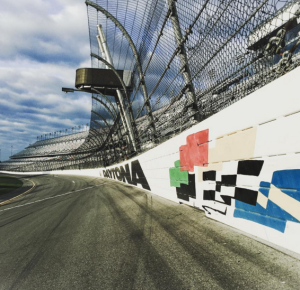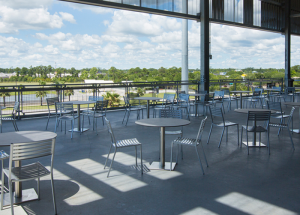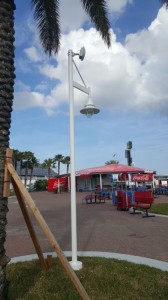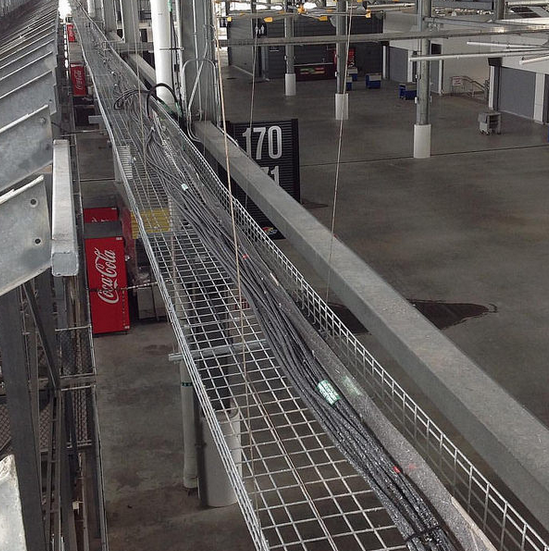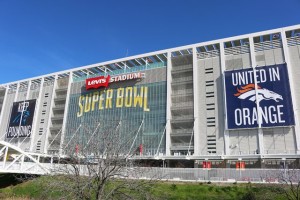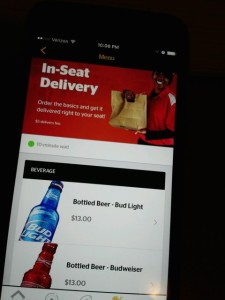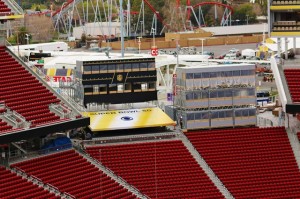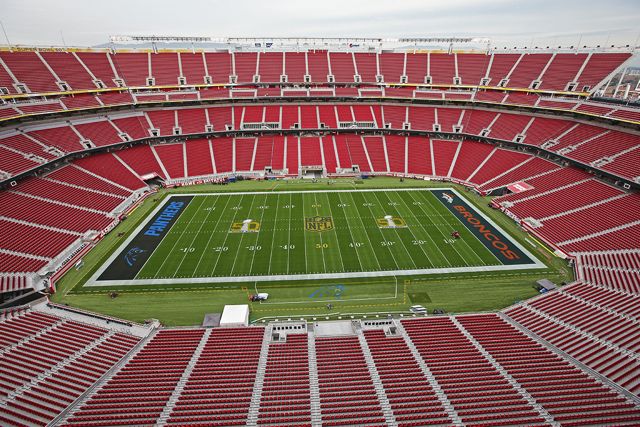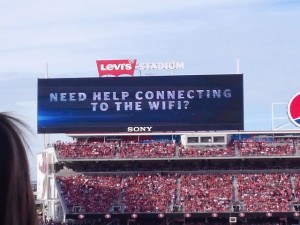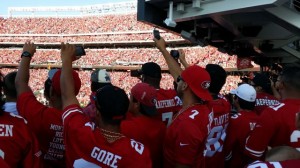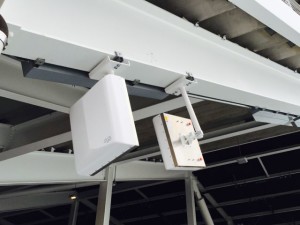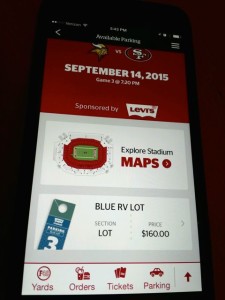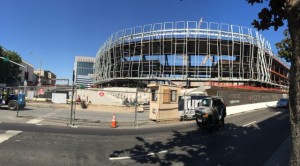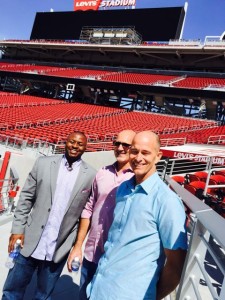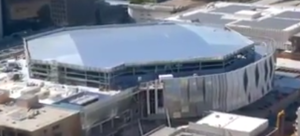There’s an early winner in this year’s election race, at least when it comes to wireless data use: According to AT&T, the Democrats used a total of 5.4 terabytes of data on AT&T networks inside the Wells Fargo Center in Philadelphia during their convention, compared to 2.8 TB used by the Republicans during their convention at Quicken Loans Arena in Cleveland.
Do the traffic totals mean anything for governing our country? Most likely not. But the stats are interesting to look at for stadium technology professionals, especially since an event like a political convention is almost guaranteed to dwarf sporting events given the number of people inside the arenas and the length of action each day.
Remember that these statistics only represent AT&T cellular traffic in each arena, meaning that the actual total of wireless data was probably much higher; that’s because both of the stadiums have in-arena Wi-Fi and internal connectivity for other carriers; but we never got confirmation from either arena whether Wi-Fi was turned on or not, and we did not receive any numbers from other carriers. But — even just the AT&T numbers were impressive to study. Consider:
Average traffic: According to AT&T, traffic during Democratic convention days in late July was 387 percent higher than the average game totals during the Philadelphia Flyers’ playoff series with the Washington Capitals in April. The GOP beat sports too, accoring to AT&T, with an average per-day traffic total 250 percent higher than the total reached during Game 6 of the NBA Finals this year.
Total data use: On July 28, the Wells Fargo Center saw 1.5 TB of traffic on the AT&T cellular network — a pretty big total for a building that isn’t a huge football stadium.
Surrounding area data use: Chew on this stat for a bit from AT&T’s press release: “Across the major venues supporting the DNC – including the arena, Philadelphia Convention Center, along the Ben Franklin Parkway and surrounding areas – we saw approximately 64 TB cross our mobile network during the DNC. During the Pope’s visit last September, we saw 12.6 TB cross our network in Philly.”
Again, the Dems crushed the Republicans on this front — according to AT&T, GOP visitors used 9.4 TB of wireless data at surrounding venues during the event, still an interesting mark but far off the Dems’ totals. What this has us wondering here at stadium-stats central is if we should now separate and include related-area numbers… weigh in with your thoughts, please!
